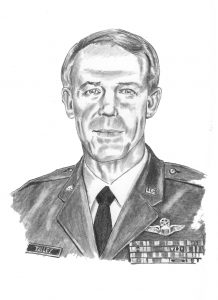
Colonel William H. Talley was born 26 November 1932 and raised in Sayre, Oklahoma. He is a 1955 graduate of Oklahoma A&M College (now Oklahoma State University) in Stillwater, Oklahoma. He earned his commission into the U.S. Air Force through the Reserve Officer Training Corps on 28 May 1955. Talley was awarded his pilot wings upon completion of Undergraduate Pilot Training at Webb Air Force Base, Texas, in September 1956. After completing Advanced Fighter Training and Reconnaissance School, he was assigned to the 29th, 20th, and 17th Tactical Reconnaissance Squadrons (TRS) at Shaw Air Force Base, South Carolina.
In May 1959, Talley deployed with the 17th TRS to Laon, France. He returned to the states in June 1962 and was assigned as an instructor pilot with the 3575th Pilot Training Wing at Vance Air Force Base in Enid, Oklahoma. In October 1966, he was assigned to Sheppard Air Force Base in Texas as a flight test maintenance officer. Talley completed F-105 Thunderchief Combat Crew Training and Wild Weasel Training before being deployed to Southeast Asia in January 1969. Talley flew 151 combat missions as an F-105 pilot with the 44th Tactical Fighter Squadron out of Korat Royal Thai Air Base, Thailand.
Returning to the states in November 1969, Talley was assigned to McConnell Air Force Base, Kansas, as an F-105 instructor pilot and later as an F-105G pilot with the 561st Tactical Fighter Squadron. While deployed on temporary duty with the 17th Wild Weasel Squadron, 388th Tactical Fighter Wing, in Southeast Asia, he flew 31 combat missions. He received a Distinguished Flying Cross with Valor for actions while flying his F-105G Wild Weasel on 21 April 1972 in support of F-4 air strikes against a strategic target. Suppressing hostile enemy surface-to-air missile sites and radar controlled antiaircraft artillery batteries, he enabled the F-4’s to destroy their targets and egress safely. Then on 11 May 1972, while on another Wild Weasel mission in support of Operation Linebacker, Talley and his Electronics Warfare Officer were shot down by a MIG near Hanoi. They evaded North Vietnamese Army search parties for about eighteen hours, but were subsequently captured and taken as Prisoners of War to the “Hanoi Hilton” prison camp. Talley spent 322 days in harsh captivity and was released during Operation Homecoming on 28 March 1973.
Upon return to the states, Talley earned his MBA at the University of Oklahoma and then attended Air War College graduating in June 1976. He was then assigned as Deputy Commander, 35th Combat Support Group, George Air Force Base, California. In May 1978 he returned to Oklahoma assigned to Tinker Air Force Base as the Chief of Weapons Systems and Major Equipment Division under the Directorate of Contracting and Manufacturing, Oklahoma Air Logistics Center. His decorations include the Legion of Merit, two Distinguished Flying Cross Medals with Valor, Bronze Star Medal with Valor, and the Purple Heart Medal. Talley retired on 1 December 1981.

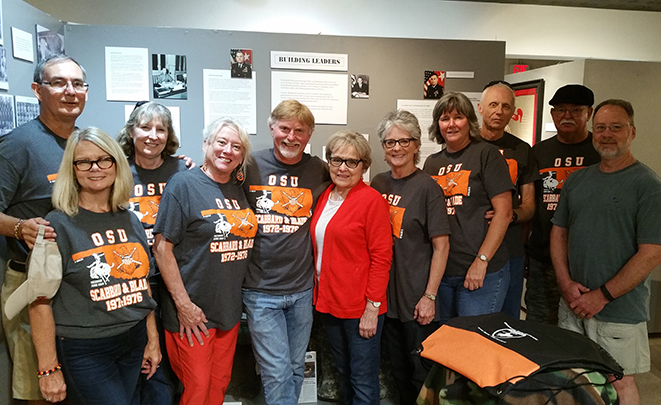
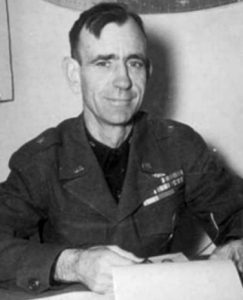
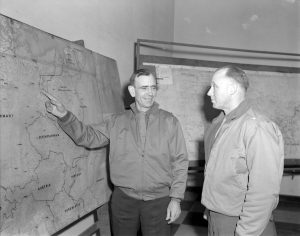
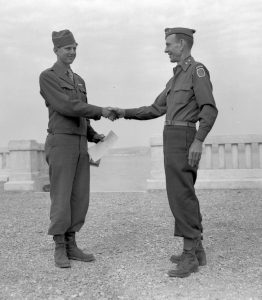
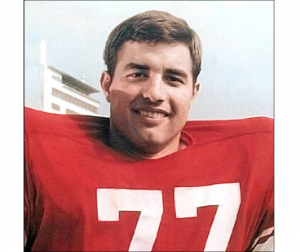 Bob was an All-American offensive lineman at the
Bob was an All-American offensive lineman at the 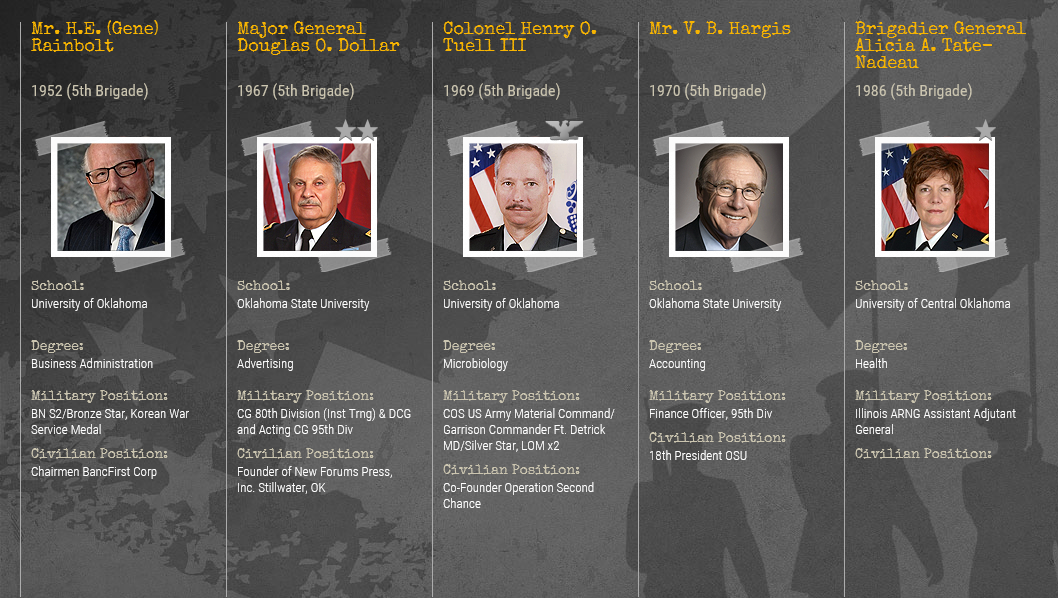
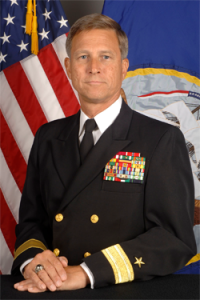 More than 80 graduates from Oklahoma State University have served as generals and admirals in the military service since World War I, but retired Rear Admiral Greg Slavonic (’71) could be the first to publish the leadership insights he learned along the way in a book titled Profiles in Patriotic Leadership.
More than 80 graduates from Oklahoma State University have served as generals and admirals in the military service since World War I, but retired Rear Admiral Greg Slavonic (’71) could be the first to publish the leadership insights he learned along the way in a book titled Profiles in Patriotic Leadership. The admiral’s early view of leadership started to take shape when he was assigned to work 12-hour days in the mess hall of the aircraft carrier USS Constellation, which was stationed off the coast of Vietnam in the Tonkin Gulf.
The admiral’s early view of leadership started to take shape when he was assigned to work 12-hour days in the mess hall of the aircraft carrier USS Constellation, which was stationed off the coast of Vietnam in the Tonkin Gulf. 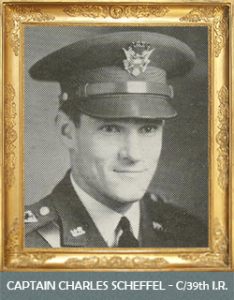 When Charles Scheffel was a youngster in Enid during the Great Depression, he was destined to become a soldier, but he didn’t know it yet.
When Charles Scheffel was a youngster in Enid during the Great Depression, he was destined to become a soldier, but he didn’t know it yet.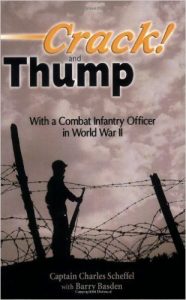 Scheffel had no intention of taking anything more than the mandatory ROTC courses, he said. ROTC turned out to help him not only to get his degree at OSU but to be an infantry leader in combat. He took basic ROTC three times a week. America had the draft and a student could be drafted from college unless he was in ROTC.
Scheffel had no intention of taking anything more than the mandatory ROTC courses, he said. ROTC turned out to help him not only to get his degree at OSU but to be an infantry leader in combat. He took basic ROTC three times a week. America had the draft and a student could be drafted from college unless he was in ROTC.
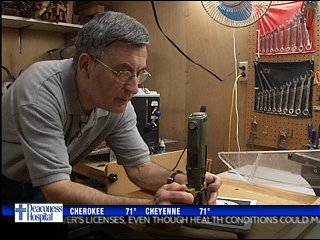
 Captain Robert J. Kelsey was born in 1945 at Lawton, Oklahoma. In June 1967 he received a commission in the U. S. Navy through the Navy ROTC Regular Program at the University of Oklahoma; he was selected to Phi Beta Kappa and graduated with a Bachelor of Science Degree in Mathematics and Physics.
Captain Robert J. Kelsey was born in 1945 at Lawton, Oklahoma. In June 1967 he received a commission in the U. S. Navy through the Navy ROTC Regular Program at the University of Oklahoma; he was selected to Phi Beta Kappa and graduated with a Bachelor of Science Degree in Mathematics and Physics.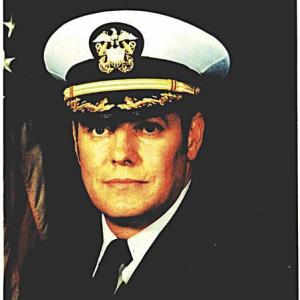 The scholarship endowment was established by the family and will be administered by the Oklahoma City Community Foundation.
The scholarship endowment was established by the family and will be administered by the Oklahoma City Community Foundation.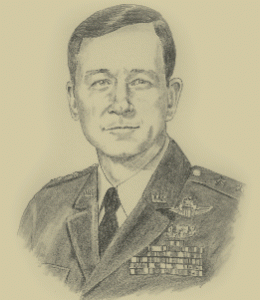 Major General Jerry D. Holmes, U.S. Air Force, was born 14 July 1935 in Jenks, Oklahoma and raised in Wewoka, Oklahoma. He graduated Wewoka High School in 1953. In 1958 he graduated The University of Oklahoma with a Bachelor of Science Degree in Geological Engineering and was commissioned a Second Lieutenant in the U.S. Air Force through the U.S. Air Force Reserve Officer Training Corps (ROTC). In 1964 he graduated The University of Oklahoma with a Master of Science Degree in Aerospace Engineering. He completed Squadron Officer School in 1965, graduated the U.S. National War College in 1976, and in 1985, graduated The Harvard University Program for Senior Executives in National and International Security.
Major General Jerry D. Holmes, U.S. Air Force, was born 14 July 1935 in Jenks, Oklahoma and raised in Wewoka, Oklahoma. He graduated Wewoka High School in 1953. In 1958 he graduated The University of Oklahoma with a Bachelor of Science Degree in Geological Engineering and was commissioned a Second Lieutenant in the U.S. Air Force through the U.S. Air Force Reserve Officer Training Corps (ROTC). In 1964 he graduated The University of Oklahoma with a Master of Science Degree in Aerospace Engineering. He completed Squadron Officer School in 1965, graduated the U.S. National War College in 1976, and in 1985, graduated The Harvard University Program for Senior Executives in National and International Security.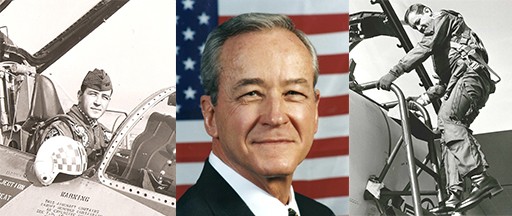 Maj. Gen. Holmes’ military awards and decorations include the Defense Distinguished Service Medal, U.S. Air Force Distinguished Service Medal, Legion of Merit, Distinguished Flying Cross, Bronze Star Medal, Meritorious Service Medal with Oak Leaf Cluster, Air Medal with six Oak Leaf Clusters, U.S. Air Force Commendation Medal with Oak Leaf Cluster, and the Outstanding Unit Award with “V” for Valor in combat.
Maj. Gen. Holmes’ military awards and decorations include the Defense Distinguished Service Medal, U.S. Air Force Distinguished Service Medal, Legion of Merit, Distinguished Flying Cross, Bronze Star Medal, Meritorious Service Medal with Oak Leaf Cluster, Air Medal with six Oak Leaf Clusters, U.S. Air Force Commendation Medal with Oak Leaf Cluster, and the Outstanding Unit Award with “V” for Valor in combat.